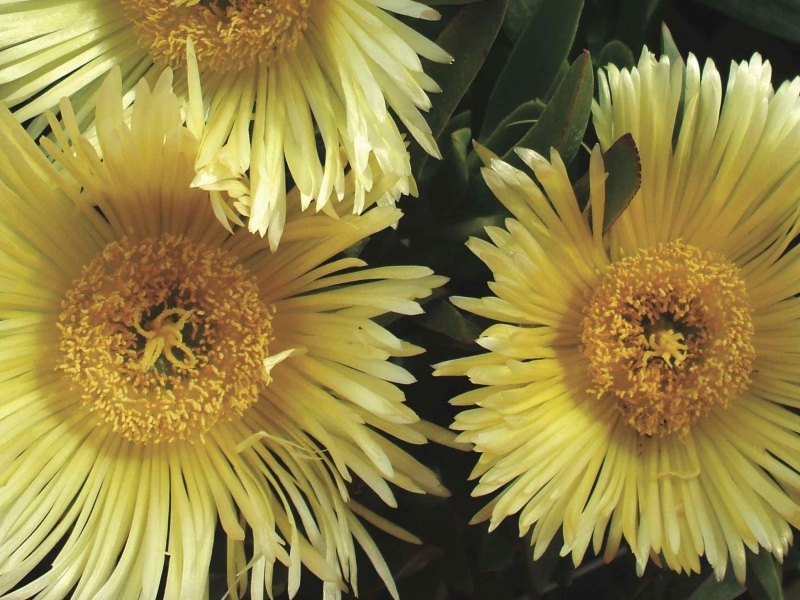

Rustic succulent, perennial, native to South Africa with ground cover and rapid growth It consists of numerous branched stems with a prostrate course, which are covered with fleshy, green, triangular section leaves, longer and more developed than those of C. acinaciformis: in width it knows no limits of development, while its height is not excessive, being able to reach a maximum of 20cm. The large and showy flowers, with corolla formed by numerous very thin yellow petals, bloom copiously at the axil of the leaves in late spring. The botanical name derives from the Greek and means "edible fruit"; the common name "fig of the Hottentots" instead, derives from the custom of the ancient South African people of the "Hottentots" to eat the fruits of this plant just as if they were figs. It requires a very bright location and poor, sandy and perfectly drained soil.
The staff of Vivai Capitanio has his own catalogue with all the plants in the store and that grows in our greenhouse. Use this button to download the latest version.
PAper catalogue is available only for professionals. Fill the form to receive it by post: